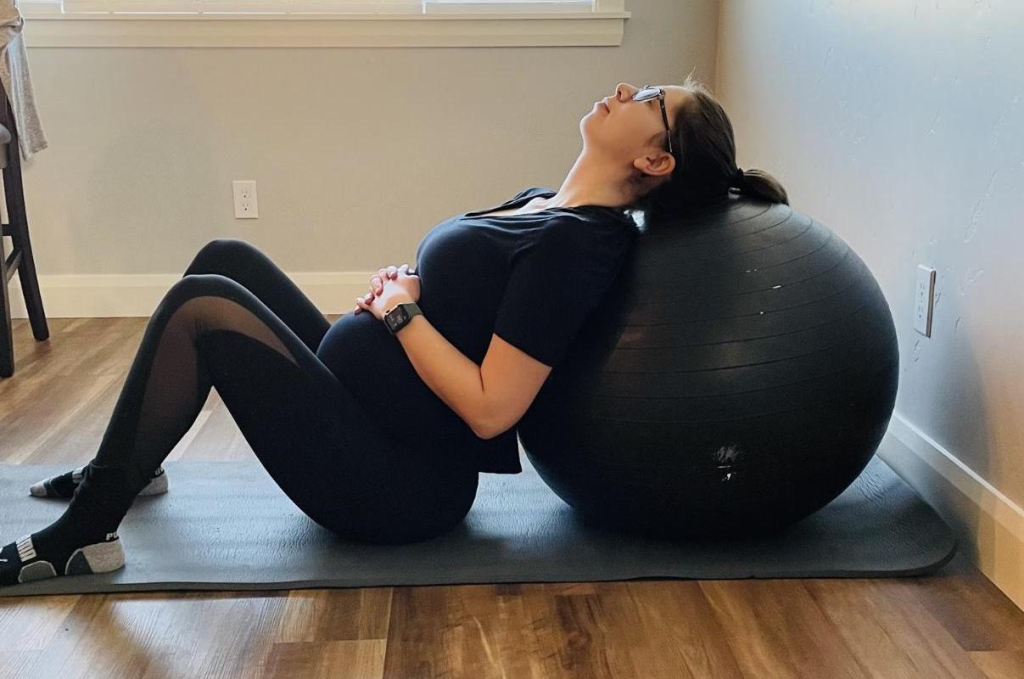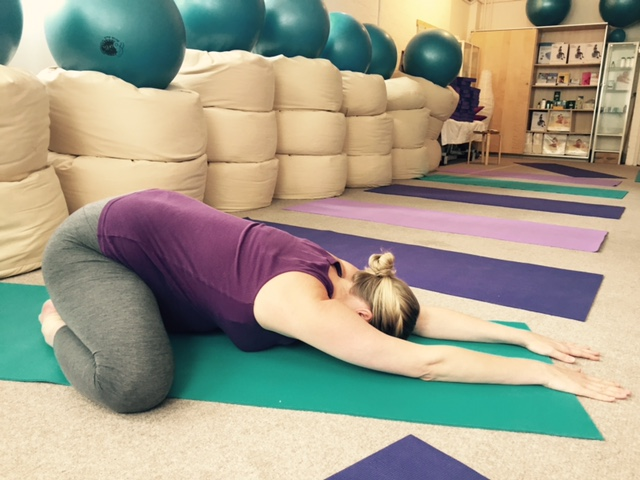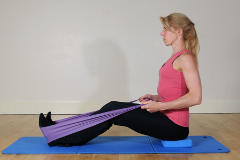Feeling like you’re carrying the weight of the world (quite literally)? Back pain is one of the most common complaints during pregnancy—but you don’t have to suffer silently. These five safe, doctor-approved exercises will target tense muscles, improve posture, and deliver instant relief, so you can get back to enjoying this special time.

Do’s and Don’ts for Safe Pregnancy Exercises
| Do’s | Don’ts |
|---|---|
| Consult your healthcare provider before starting any exercise routine. | Don’t push through pain—if an exercise causes discomfort, stop immediately. |
| Start slowly and gradually increase the intensity of your workouts. | Don’t perform high-impact exercises like jumping or running during pregnancy. |
| Listen to your body—if something feels off, stop and rest. | Don’t overexert yourself—pregnancy is not the time for intense workouts. |
| Focus on breathing—practice controlled, deep breathing during each movement. | Don’t hold your breath or engage in exercises that strain your diaphragm. |
| Stay hydrated throughout your workout and the day. | Don’t exercise in extreme heat or when you feel overheated. |
| Use proper support—a pregnancy pillow or resistance bands can provide stability. | Don’t lie flat on your back for extended periods after the first trimester. |
| Do exercises that target posture and core strengthening. | Don’t engage in exercises that involve deep twisting motions that could strain your back. |
| Incorporate gentle stretching to improve flexibility and reduce muscle tension. | Don’t perform exercises with jerky or fast movements—always focus on smooth motions. |
| Take regular breaks to rest and avoid muscle fatigue. | Don’t skip warm-ups or cool-downs—they’re essential for injury prevention. |
| Modify exercises as needed based on your comfort level. | **Don’t attempt exercises that require balance or strength you don’t feel confident in. |
1. Cat–Cow Stretch: Mobilize Your Spine

Why it works:
- Gently increases flexibility in the spine
- Eases tension in the lower back and shoulders
How to do it:
- Begin on all fours, shoulders over wrists and hips over knees.
- Cow: Inhale, drop your belly, lift your chest, and gaze upward.
- Cat: Exhale, arch your spine upward, tuck your chin toward your chest.
- Repeat for 10–12 slow repetitions, focusing on smooth transitions.
2. Pelvic Tilts: Strengthen Core & Pelvis

Why it works:
- Activates deep abdominal muscles
- Stabilizes pelvis, reducing lumbar strain
How to do it:
- Lie on your back with knees bent, feet flat on the floor (or elevated on a birth ball for added support).
- Inhale, then exhale as you gently press your lower back into the ground, tilting your pelvis upward.
- Hold for 3 seconds, then release.
- Perform 12–15 reps, twice daily.
3. Prenatal Bridge: Open Hips, Relieve Lumbar Pressure

Why it works:
- Opens hip flexors that tighten with posture changes
- Strengthens glutes and hamstrings
How to do it:
- Lie on your back, knees bent, feet hip-width apart.
- Inhale as you press through heels, lifting hips until shoulders-to-knees form a straight line.
- Exhale and lower down slowly.
- Aim for 10 reps, resting between sets.
4. Child’s Pose with Side Reach: Stretch & Align

Why it works:
- Lengthens the spine and side body
- Releases tension in lower back and obliques
How to do it:
- From hands-and-knees, sit back into your heels, extending arms forward.
- Walk your hands to the right, feel a gentle side stretch.
- Hold for 20–30 seconds, then walk hands to the left.
- Repeat 3 times each side.
5. Seated Row with Resistance Band: Posture Perfect

Why it works:
- Strengthens upper back muscles that counteract slouching
- Improves overall posture
How to do it:
- Sit tall with legs extended, loop a resistance band around your feet.
- Hold ends in each hand, palms facing in.
- Inhale, then exhale as you squeeze shoulder blades together, pulling elbows back.
- Slowly return. Complete 12–15 reps.
Bonus Tip: Mindful Breathing & Posture Cues
- Mindful Breathing: Practice diaphragmatic breathing—inhale to expand belly, exhale to relax back muscles.
- Desk/Posture Cues: Set phone reminders every hour to “sit tall,” and use lumbar support pillow when seated.
Conclusion: Embrace Movement for a Pain-Free Pregnancy
Consistent, gentle movement is your ally in combating pregnancy-related back pain. By integrating these five safe exercises—Cat–Cow Stretch, Pelvic Tilts, Prenatal Bridge, Child’s Pose with Side Reach, and Seated Row with Resistance Band—into your daily routine, you’ll strengthen supporting muscles, improve posture, and unlock instant relief. Remember, always listen to your body, move mindfully, and consult your healthcare provider before starting any new exercise.
Ready to take the next step? Bookmark this guide, schedule brief movement breaks throughout your day, and share your progress in the comments below. A happier, more comfortable pregnancy is within reach—one stretch at a time!
Frequently Asked Questions (FAQs)
Are these exercises safe during all stages of pregnancy?
Yes, these exercises are generally safe for most pregnant women. However, it’s essential to consult your healthcare provider before beginning any new exercise routine, especially if you have any underlying health conditions or complications during pregnancy.
When should I avoid these exercises?
If you experience dizziness, shortness of breath, or any pain beyond typical muscle soreness, stop immediately and consult your doctor. Avoid these exercises if you have been advised to limit physical activity or have complications like preeclampsia or placenta previa.
How often should I do these exercises for back pain relief?
For the best results, aim to perform these exercises daily. Start with 10–15 minutes of movement each day, and listen to your body. If you’re feeling fatigued or uncomfortable, rest and try again the next day.
Can these exercises help with sciatica or pelvic pain?
Yes, these exercises can help alleviate general back pain and sciatica by improving posture, flexibility, and strength. If you’re experiencing specific pelvic pain or sciatica, consult your healthcare provider for targeted recommendations.
Can I do these exercises while at work or on the go?
Absolutely! Many of these exercises, such as pelvic tilts and seated rows, can be performed at your desk or during short breaks. Just make sure to keep your movements gentle and comfortable, and avoid overstretching.
How long will it take to feel relief from back pain?
The timing for relief varies from person to person. Some may feel immediate relief after just one session, while others may notice gradual improvement over time. Consistency is key, so stick with the routine for several days or weeks for lasting results.
Can I do these exercises if I have a history of back problems?
If you have a history of back issues, such as herniated discs or chronic pain, it’s even more important to consult your doctor before trying new exercises. A tailored approach might be necessary to avoid aggravating any pre-existing conditions.
Can these exercises prevent back pain in the future?
While these exercises can help alleviate current back pain and strengthen muscles, maintaining good posture, staying active, and practicing safe lifting techniques throughout pregnancy can help reduce the risk of future back pain. Regular movement is essential for long-term comfort.





